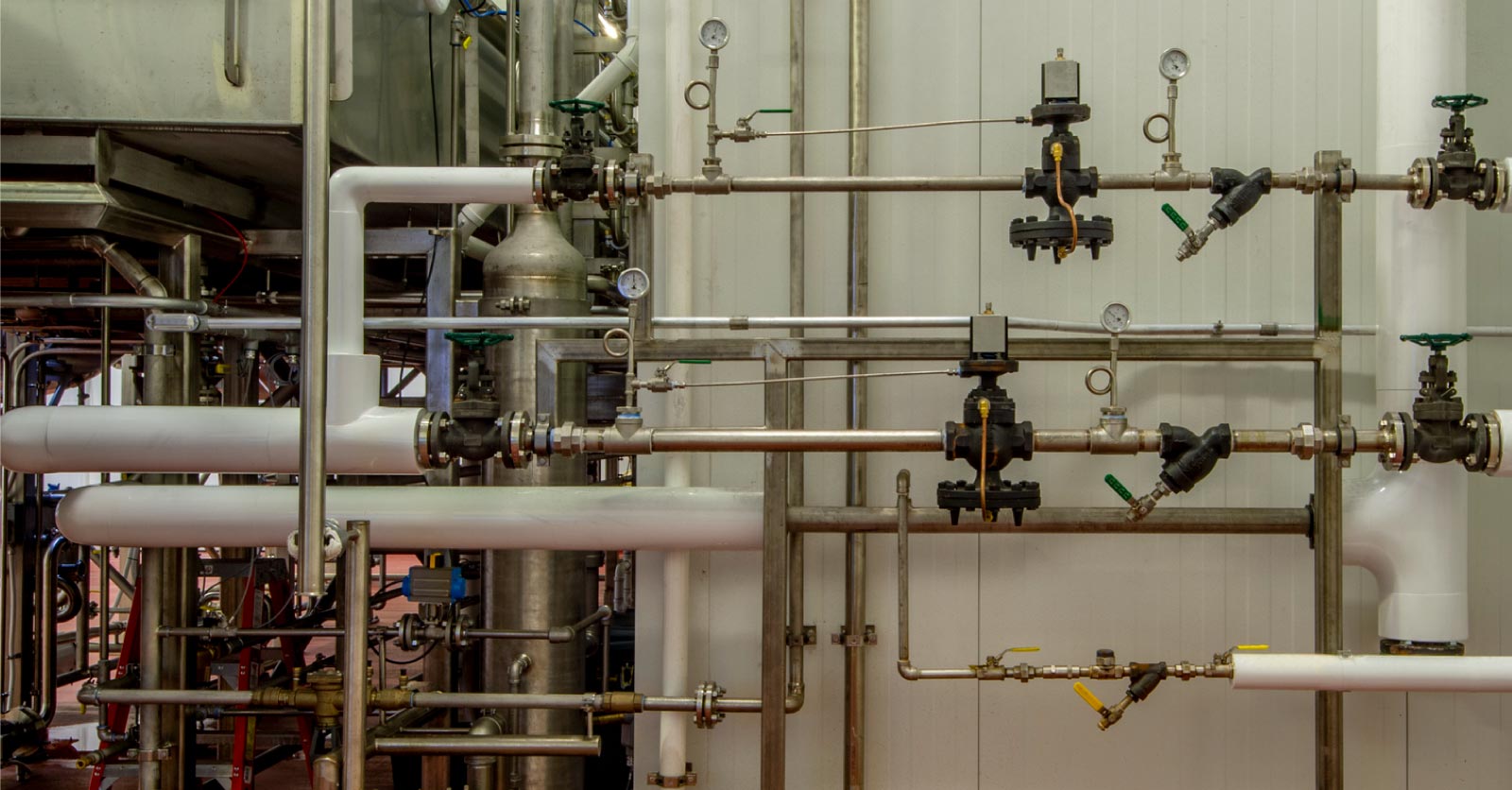Published February 22, 2016


A couple of weeks ago, we received a call from one of our clients. They were in desperate need of our services due to equipment failure. Jason Taylor, VP Operations, and Master Plumber Extraordinaire, set up an appointment to see what the problem was and to find out if we could help them in anyway.
When Jason got to the client’s premises and was shown the problem, he found that they had to shut down part of their kitchen because their in-slab grease trap was not working properly.
For those that might not exactly know what a grease trap is, here is a brief explanation:
A grease trap is an engineered device designed to remove spent Fats, Oils and Grease (FOG) and associated solids and debris from food service establishment waste streams, preventing entry of these materials into either municipal sewer collection systems or privately owned on-site wastewater treatment facilities. The grease trap captures those wastes and contains them until a waste hauler or pumper service can properly dispose them. If you operate a food service establishment, you should have and maintain a grease trap.
One of the primary purposes of a properly sized grease trap is to retain high temperature spent FOG until cooling and separation of the spent FOG and water can take place. The retention of food service solids lost to the waste stream is also an important function of a grease trap. Large particle solids, with masses greater than that of water, settle to the bottom of the grease trap and are intended for removal along with the floatable spent FOG during periodic cleaning.
In our client’s case, the bottom of the grease trap had deteriorated so badly that the water was leaking out into the ground before the grease could separate. We were requested to provide a proposal on replacing the unit with a new one. What our client did not anticipate was that due to new code requirements, this was not going to be an inexpensive fix.
Fortunately for them, we are not in business to put clients in a bad place. After they told us that they had already gone through their entire budget for the year (and it was only September), we suggested trying to temporarily repair the bottom of the trap with an epoxy-type product that they could do themselves. We were able to fabricate new baffles that were missing to help the equipment function properly.
The good news is that the grease trap is working just fine and the cost to the client was minimal. The better news is that now they are talking about renovating the entire kitchen when budget money becomes available. They will be calling us when they are ready to move forward.
Have a piping problem? Let an expert take a look at it. Call us at 508.644.2221 or send us an e-mail at PSI@PipingSystemsIns.com.